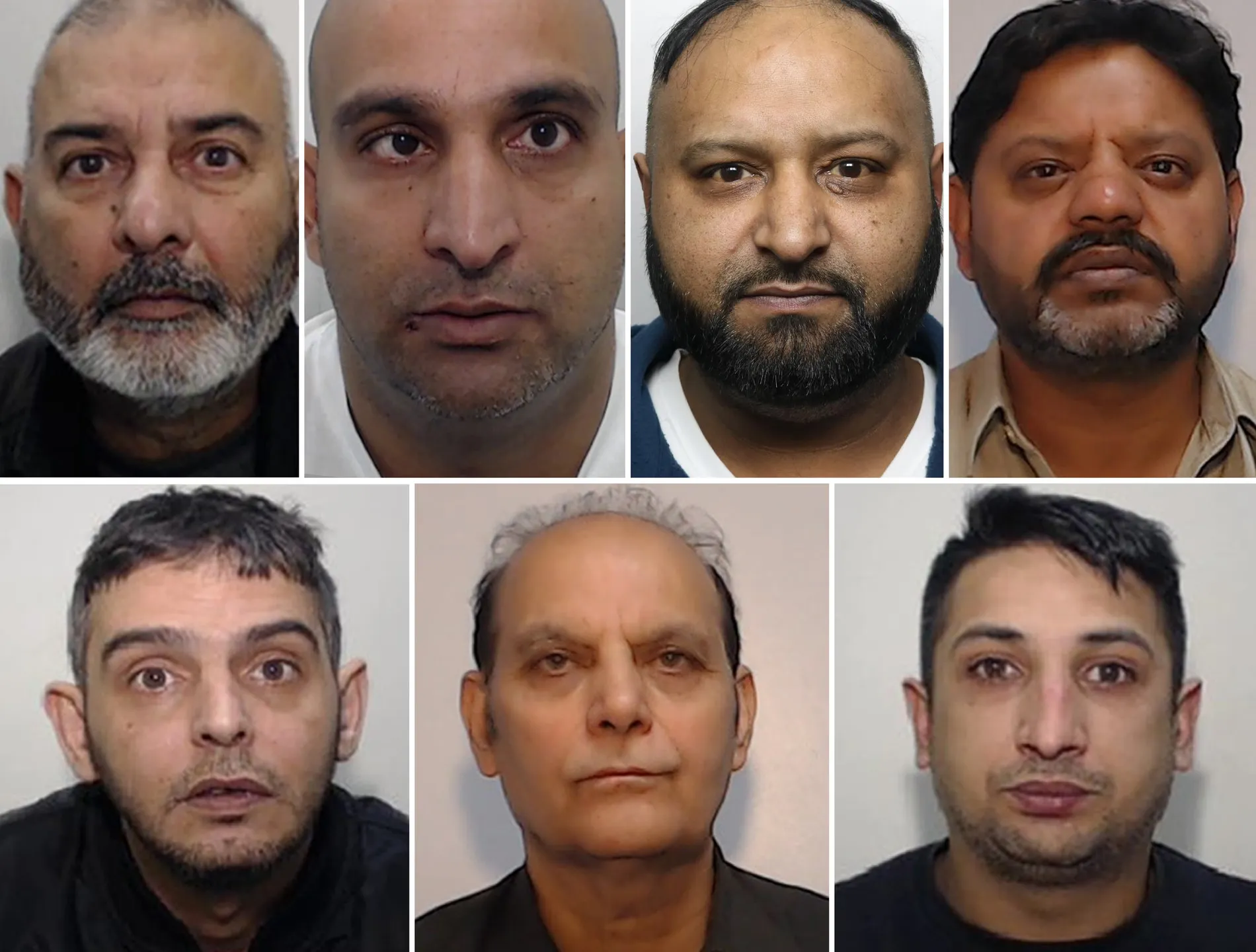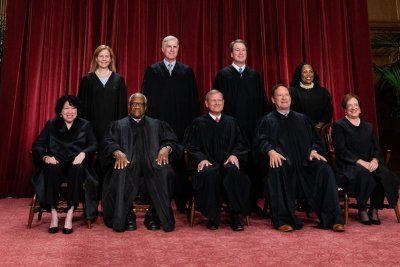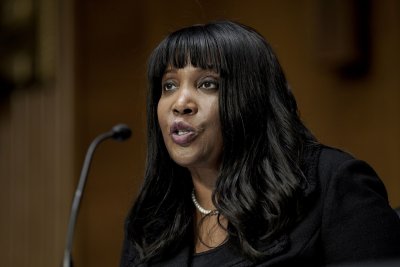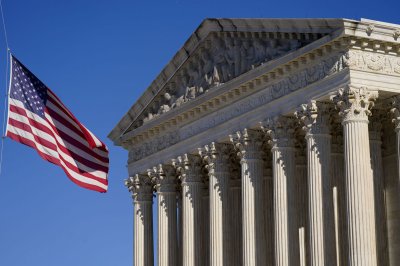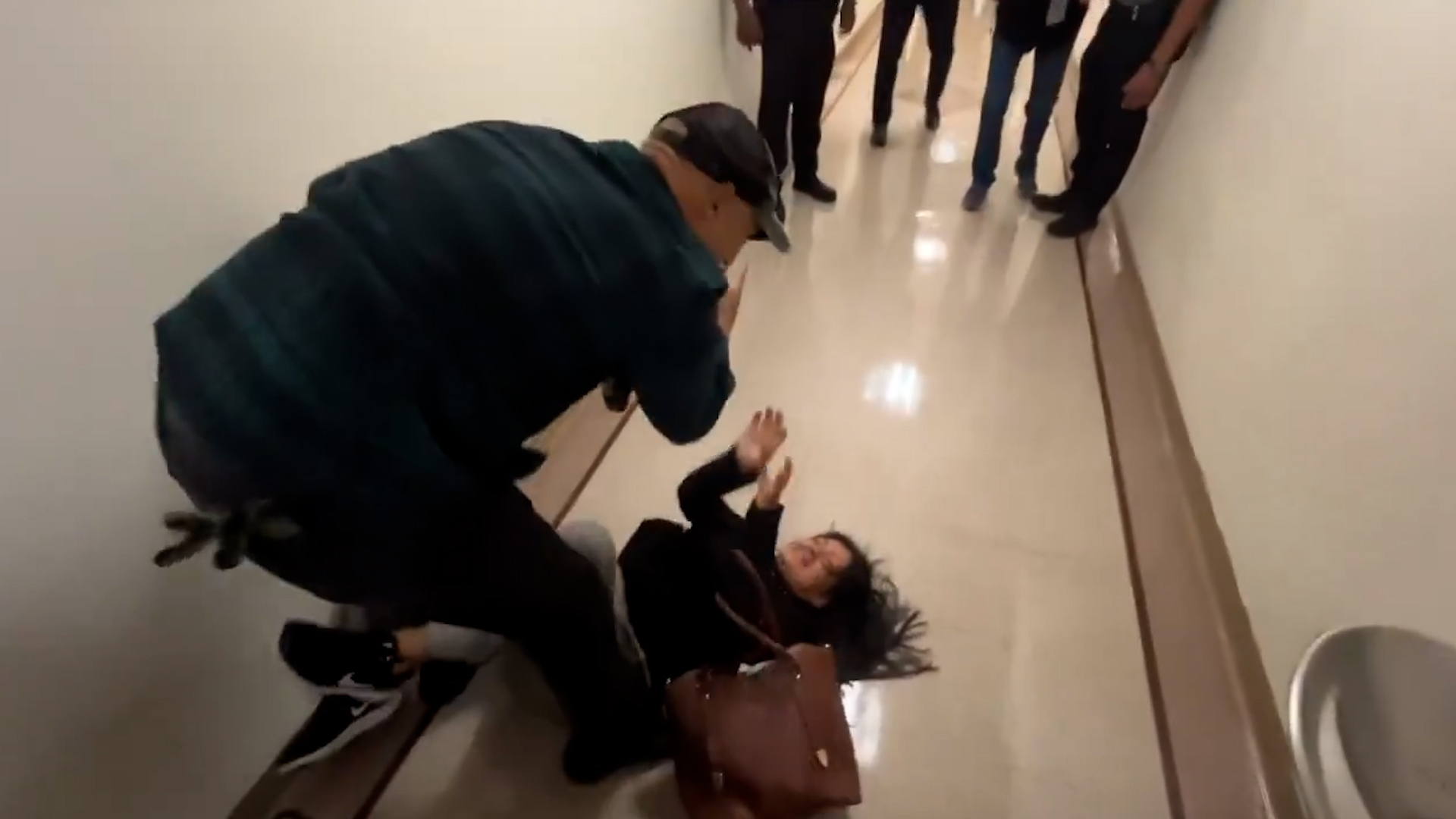Trump uses repeated funding cuts to pressure California, complicating state’s legal fight
The federal Office for Victims of Crime announced in the summer that millions of dollars approved for domestic violence survivors and other crime victims would be withheld from states that don’t comply with the Trump administration’s immigration policies.
California, 19 other states and the District of Columbia sued, alleging that such preconditions are illegal and would undermine public safety.
The administration then took a different tack, announcing that community organizations that receive such funding from the states — and use it to help people escape violence, access shelter and file for restraining orders against their abusers — generally may not use it to provide services to undocumented immigrants.
California and other states sued again, arguing that the requirements — which the administration says the states must enforce — are similarly illegal and dangerous. Advocates agreed, saying screening immigrant women out of such programs would be cruel.
The repeated lawsuits reflect an increasingly familiar pattern in the growing mountain of litigation between the Trump administration, California and other blue states.
Since President Trump took office in January, his administration has tried to force the states into submission on a host of policy fronts by cutting off federal funding, part of a drive to bypass Congress and vastly expand executive power. Repeatedly when those cuts have been challenged in court, the administration has shifted its approach to go after the same or similar funding from a slightly different angle — prompting more litigation.
The repeated lawsuits have added complexity and volume to an already monumental legal war between the administration and states such as California, one that began almost immediately after Trump took office and is ongoing, as the administration once again threatens major cuts amid the government shutdown.
The White House has previously dismissed California’s lawsuits as baseless and defended Trump’s right to enact his policy agenda, including by withholding funds. Asked about its shifting strategies in some of those cases, Abigail Jackson, a White House spokeswoman, said the administration “has won numerous cases regarding spending cuts at the Supreme Court and will continue to cut wasteful spending across the government in a lawful manner.”
Other administration officials have also defended its legal tactics. During a fight over frozen federal funding earlier this year, for instance, Vice President JD Vance wrote on social media that judges “aren’t allowed to control the executive’s legitimate power” — sparking concerns about a constitutional crisis.
California Atty. Gen. Rob Bonta said the pattern is a result of Trump overstating his power to control federal funding and use it as a weapon against his political opponents, but also of his dangerous disregard for the rule of law and the authority of both Congress and federal judges. His office has sued the administration more than 40 times since January, many times over funding.
“It is not something that you should have to see, that a federal government, a president of the United States, is so contemptuous of the rule of law and is willing to break it and break it again, get told by a court that they’re violating the law, and then have to be told by a court again,” Bonta said.
And yet, such examples abound, he said. For example, the Justice Department’s repeated attempts to strip California of crime victim funding echoed the Department of Homeland Security’s repeated attempts recently to deny the state disaster relief and anti-terrorism funding, Bonta said.
Homeland Security officials first told states that such funding would be conditioned on their complying with immigration enforcement efforts. California and other states sued, and a federal judge rejected such preconditions as unconstitutional.
The administration then notified the states that refused to comply, including California, that they would simply receive less money — to the tune of hundreds of millions of dollars — while states that cooperate with immigration enforcement would receive more.
California and other Democratic-led states sued again, arguing this week that the shifting of funds was nothing more than the administration circumventing the court’s earlier ruling against the conditioning of funds outright.
Bonta’s office cited a similar pattern in announcing Thursday that the Trump administration had backed off major cuts to AmeriCorps funding. The win came only after successive rounds of litigation by the state and others, Bonta’s office noted, including an amended complaint accusing the administration of continuing to withhold the funding despite an earlier court order barring it from doing so.
Bonta said such shifting strategies were the work of a “consistently and brazenly lawless and lawbreaking federal administration,” and that his office was “duty-bound” to fight back and will — as many times as it takes.
“It can’t be that you take an action, are held accountable, a court finds that you’ve acted unlawfully, and then you just take another unlawful action to try to restrict or withhold that same funding,” he said.
Erwin Chemerinsky, dean of UC Berkeley Law, said he agreed with Bonta that there is “a pattern of ignoring court orders or trying to circumvent them” on the part of the Trump administration.
And he provided another example: a case in which he represents University of California faculty and researchers challenging Trump administration cuts to National Science Foundation funding.
Office of Management and Budget Director Russell Vought talks to reporters outside the White House on Monday, accompanied by House Speaker Mike Johnson, left, Senate Majority Leader John Thune and Vice President JD Vance.
(Alex Brandon / Associated Press)
After a judge blocked the administration from terminating that funding, the Trump administration responded by declaring that the funds were “suspended” instead, Chemerinsky said.
The judge then ruled the administration was violating her order against termination, he said, as “calling them suspensions rather than terminations changed nothing.”
Mitchel Sollenberger, a political science professor at University of Michigan-Dearborn and author of several books on executive powers, said Trump aggressively flexing those powers was expected. Conservative leaders have been trying to restore executive authority ever since Congress reined in the presidency after Watergate, and Trump took an aggressive approach in his first term, too, Sollenberger said.
However, what Trump has done this term has nonetheless been stunning, Sollenberger said — the result of a sophisticated and well-planned strategy that has been given a clear runway by a Supreme Court that clearly shares a belief in an empowered executive branch.
“It’s like watching water run down, and it tries to find cracks,” Sollenberger said. “That’s what the Trump administration is doing. It’s trying to find those cracks where it can widen the gap and exercise more and more executive power.”
Bonta noted that the administration’s targeting of blue state funding began almost immediately after Trump took office, when the Office of Management and Budget issued a memo asserting that vast sums of federal funding for all sorts of programs were being frozen as the administration assessed whether the spending aligned with Trump’s policy goals.
California and other states sued to block that move and won, but the administration wasn’t swayed from the strategy, Bonta said — as evidenced by more recent events.
On Wednesday, as the government shutdown over Congress’ inability to pass a funding measure set in, Russell Vought — head of the Office of Management and Budget and architect of the Trump administration’s purse-string policies — announced on X that $8 billion in funding “to fuel the Left’s climate agenda” was being canceled. He then listed 16 blue states where projects will be cut.
Vought had broadly outlined his ideas for slashing government in Project 2025, the right-wing playbook for Trump’s second term, which Trump vigorously denied any connection to during his campaign but has since broadly implemented.
On Thursday, Trump seemed to relish the opportunity, amid the shutdown, to implement more of the plan.
“I have a meeting today with Russ Vought, he of PROJECT 2025 Fame, to determine which of the many Democrat Agencies, most of which are a political SCAM, he recommends to be cut, and whether or not those cuts will be temporary or permanent,” Trump posted online. “I can’t believe the Radical Left Democrats gave me this unprecedented opportunity.”
Bonta said Wednesday that his office had no plans to get involved in the shutdown, which he said was caused by Trump and “for Trump to figure out.” But he said he was watching the battle closely.
Sen. Adam Schiff (D-Calif.) chalked Vought’s latest cuts up to more illegal targeting of blue states such as California that oppose Trump politically, writing, “Our democracy is badly broken when a president can illegally suspend projects for Blue states in order to punish his political enemies.”
Cities and towns have also been pushing back against Trump’s use of federal funding as political leverage. On Wednesday, Los Angeles and other cities announced a lawsuit challenging the cuts to disaster funding.
L.A. City Atty. Hydee Feldstein Soto said the cuts were part of an “unprecedented weaponization” of federal funding by the Trump administration, and that she was proud to be fighting to “preserve constitutional limits on executive overreach.”



